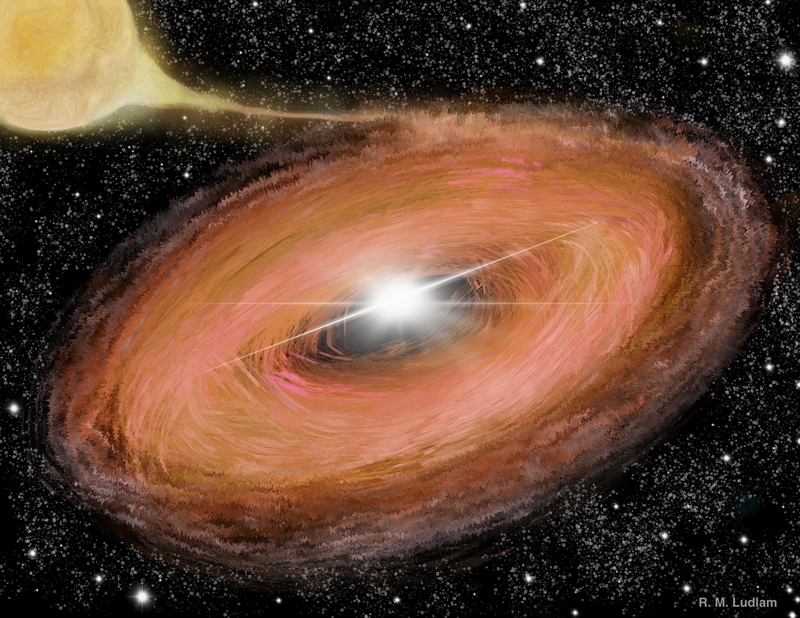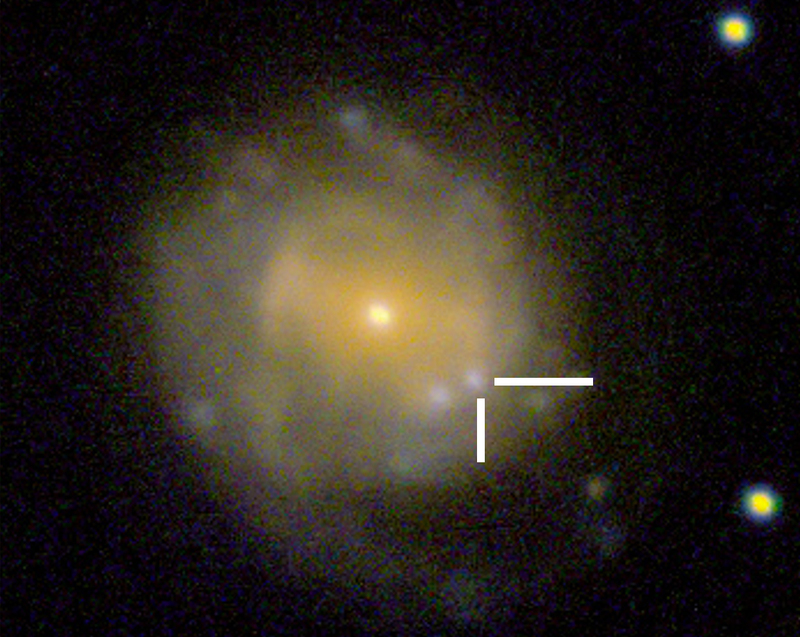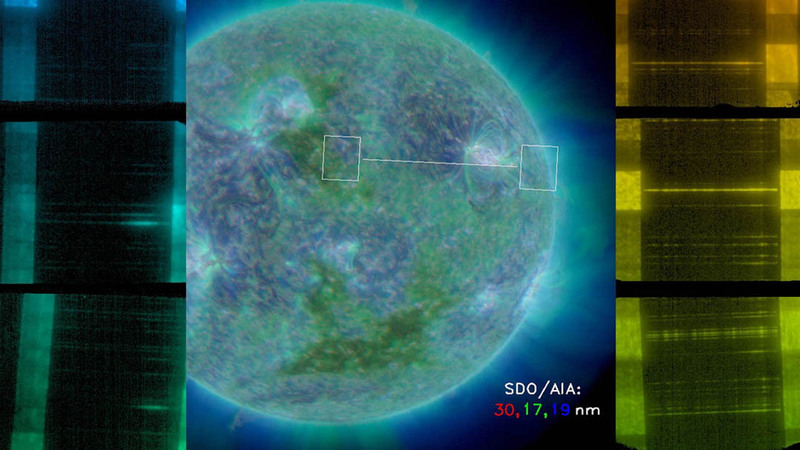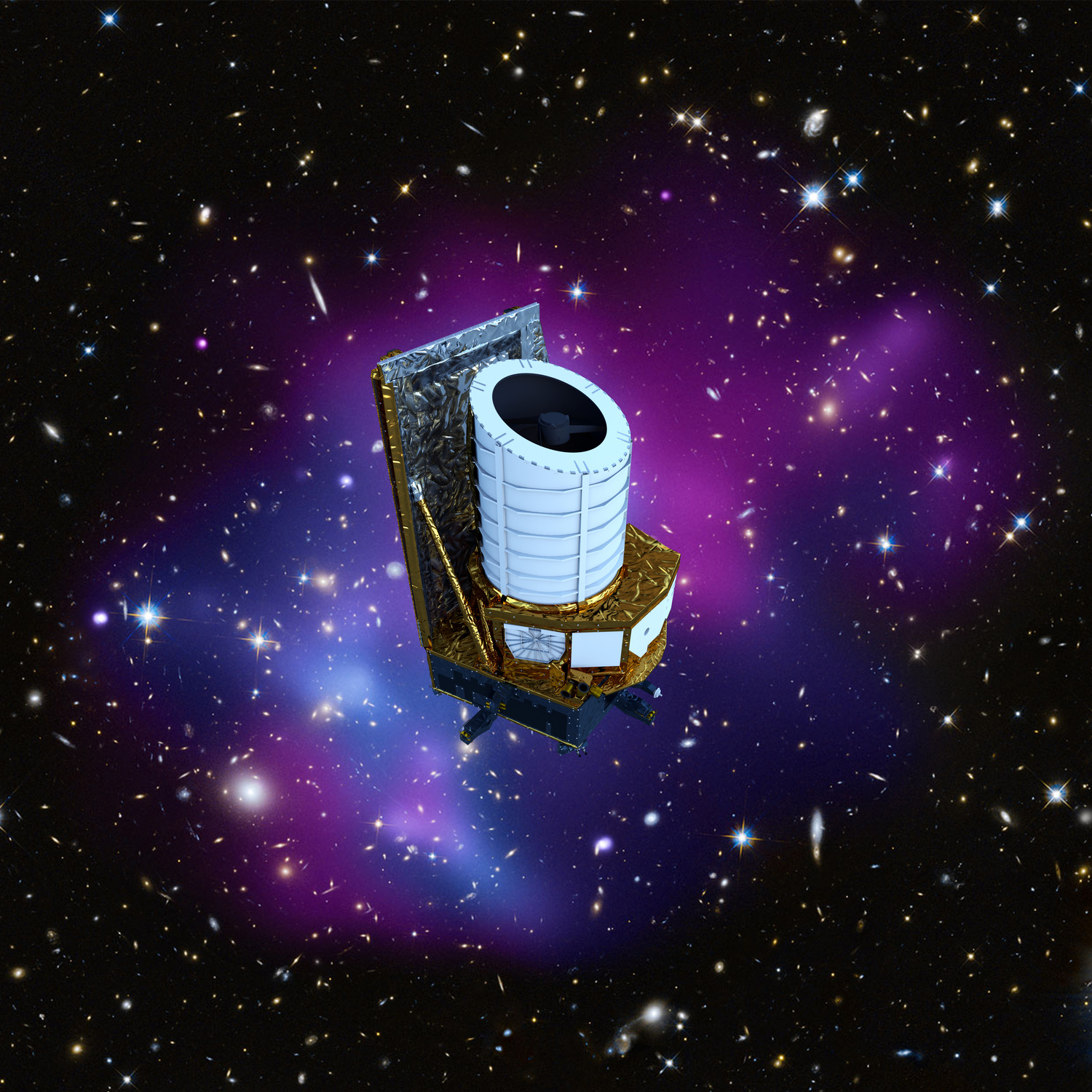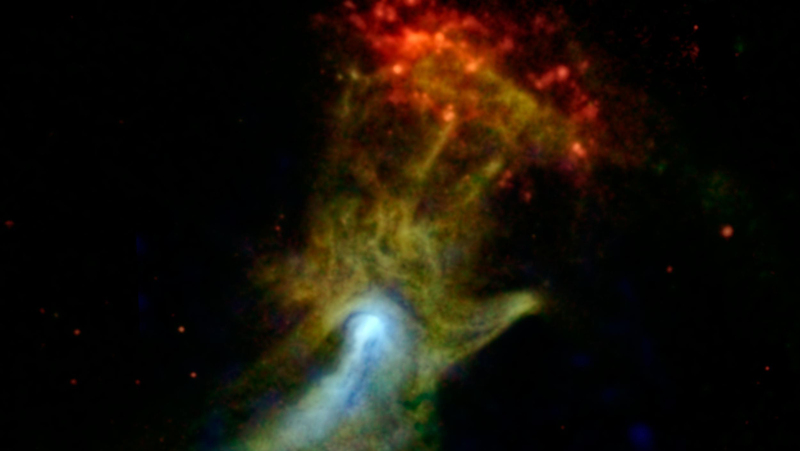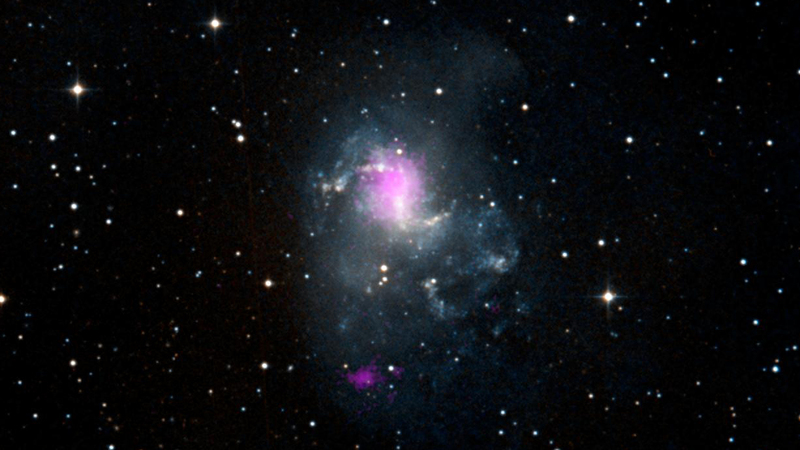Changes in a Neutron Star Binary Accretion Disk during Outburst
May 15th, 2020
Found: Three Black Holes on Collision Course
September 26th, 2019
NASA Satellite Spots a Mystery That's Gone in a Flash
September 4th, 2019
Black Hole Image Makes History
April 10th, 2019
In Colliding Galaxies, a Pipsqueak Shines Bright
February 20th, 2019
Holy Cow! Mysterious Blast Studied with NASA Telescopes
January 10th, 2019
NASA's NuSTAR Mission Proves Superstar Eta Carinae Shoots Cosmic Rays
July 3rd, 2018
Beaming with the Light of Millions of Suns
February 26th, 2018
NuSTAR Probes Black Hole Jet Mystery
October 30th, 2017
Merging Galaxies Have Enshrouded Black Holes
May 9th, 2017
NuSTAR Probes Puzzling Galaxy Merger
March 27th, 2017
Andromeda's Bright X-Ray Mystery Solved by NuSTAR
March 23rd, 2017
Temperature Swings of Black Hole Winds Measured for First Time
March 1st, 2017
NuSTAR Helps Find Universe's Brightest Pulsars
February 28th, 2017
NuSTAR Helps Solve 'Rapid Burster' Mystery
January 31st, 2017
NuSTAR Finds New Clues to 'Chameleon Supernova'
January 24th, 2017
Black Holes Hide in Our Cosmic Backyard
January 7th, 2017
Star Explosion is Lopsided, Finds NASA's NuSTAR
May 7th, 2015
Strong Evidence For Coronal Heating Theory Presented at 2015 TESS Meeting
April 30th, 2015
NASA's NuSTAR Captures Possible 'Screams' from Zombie Stars
April 29th, 2015
NASA, ESA Telescopes Give Shape to Furious Black Hole Winds
February 19th, 2015
Will the Real Monster Black Hole Please Stand Up?
January 8th, 2015
NASA X-ray Telescopes Find Black Hole May Be a Neutrino Factory
November 13th, 2014
NASA's NuSTAR Telescope Discovers Shockingly Bright Dead Star
October 8th, 2014
NuSTAR Guest Observer Program announced
August 26th, 2014
NASA's NuSTAR Sees Rare Blurring of Black Hole Light
August 12th, 2014
NuSTAR Approved for Extended Mission
May 22nd, 2014
NASA's NuSTAR Untangles Mystery of How Stars Explode
February 19th, 2014
Dead Star and Distant Black Holes Dazzle in X-Rays
January 9th, 2014
Do Black Holes Come in Size Medium?
November 26th, 2013
